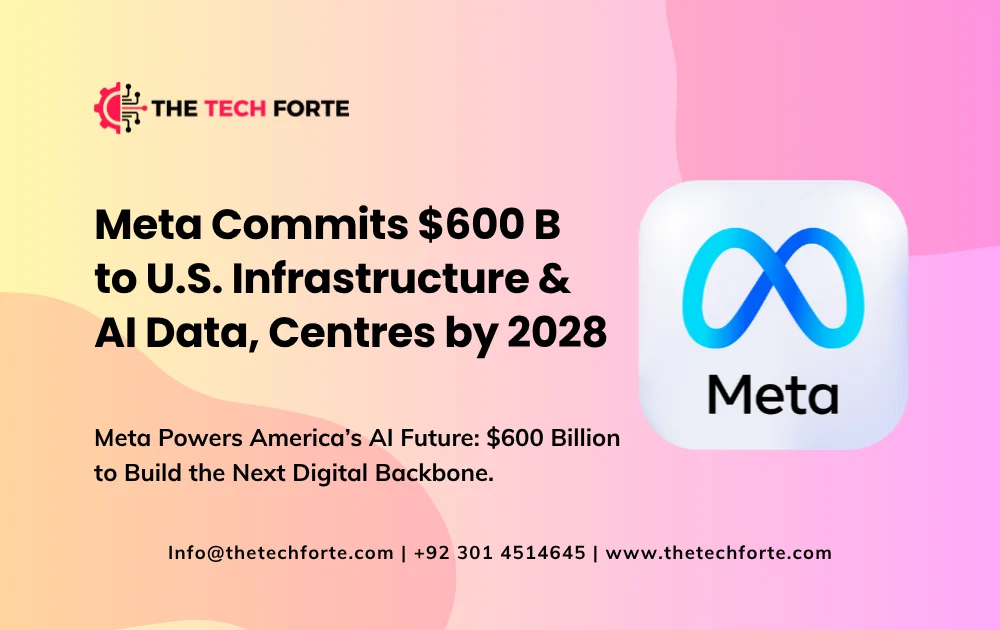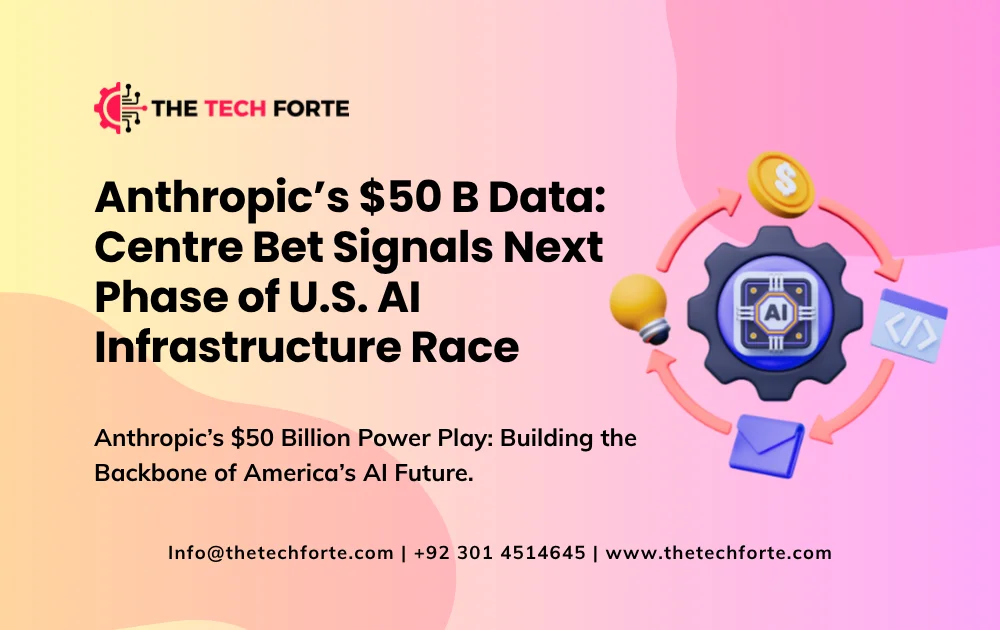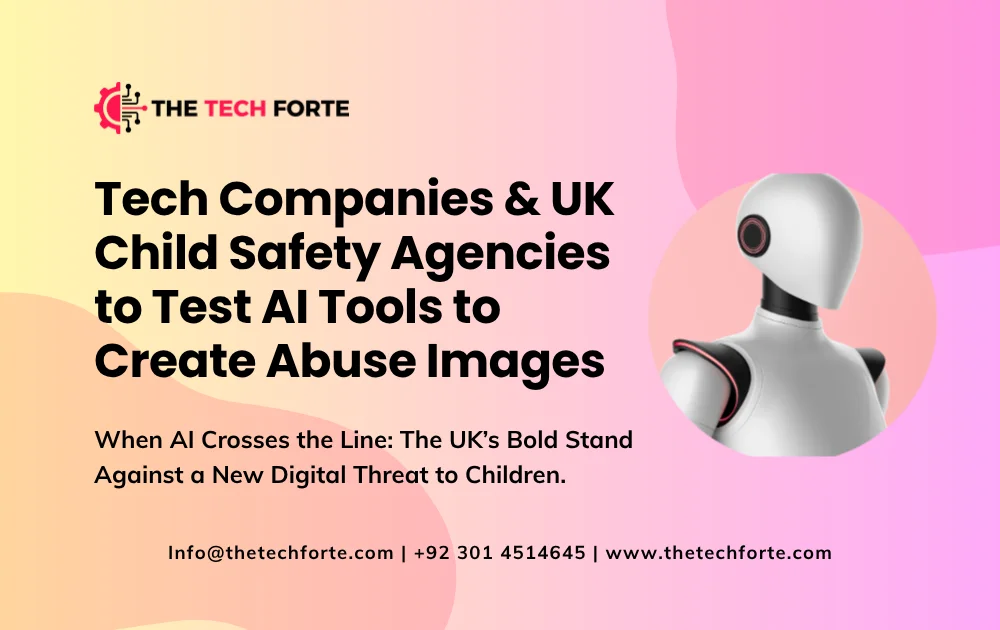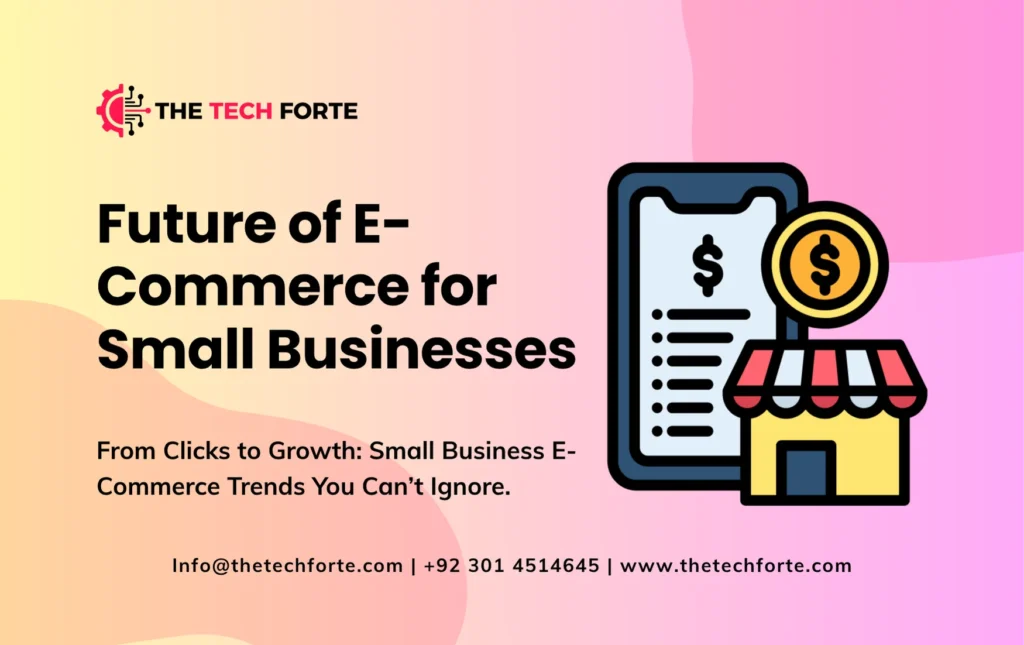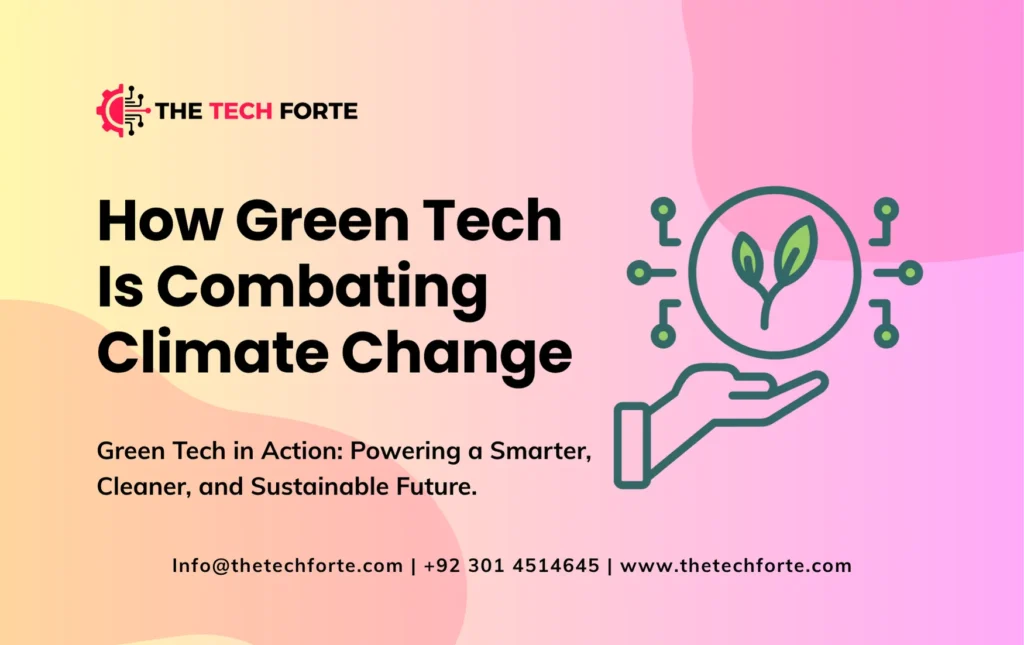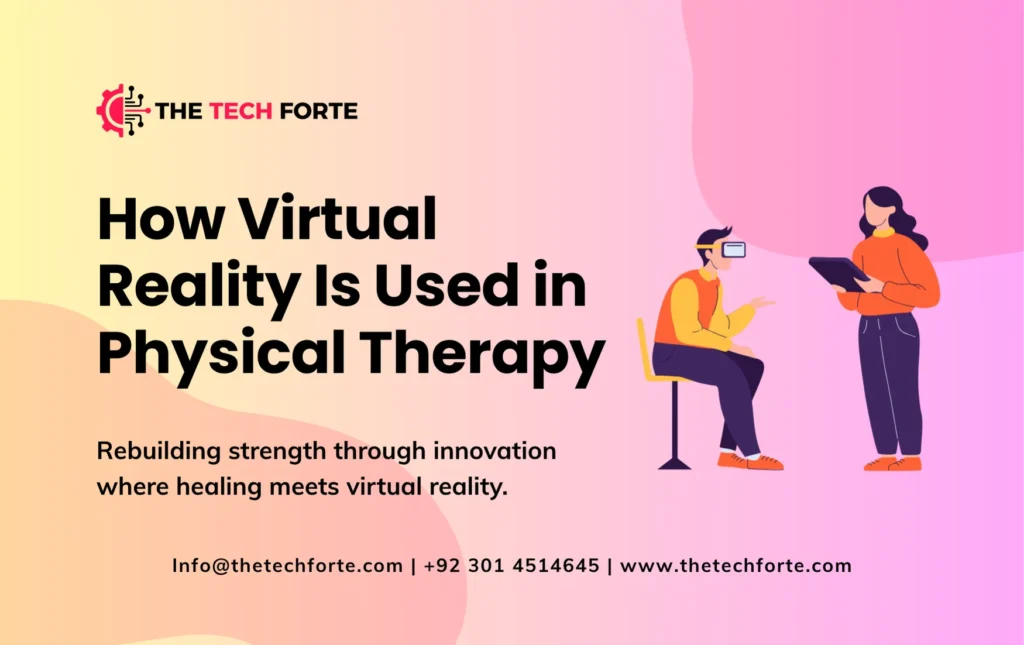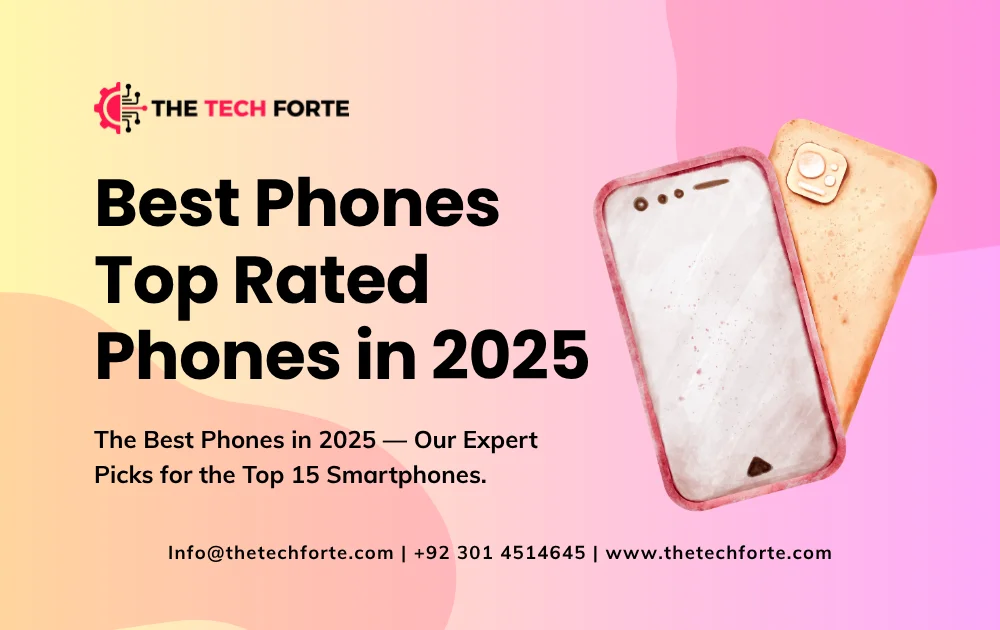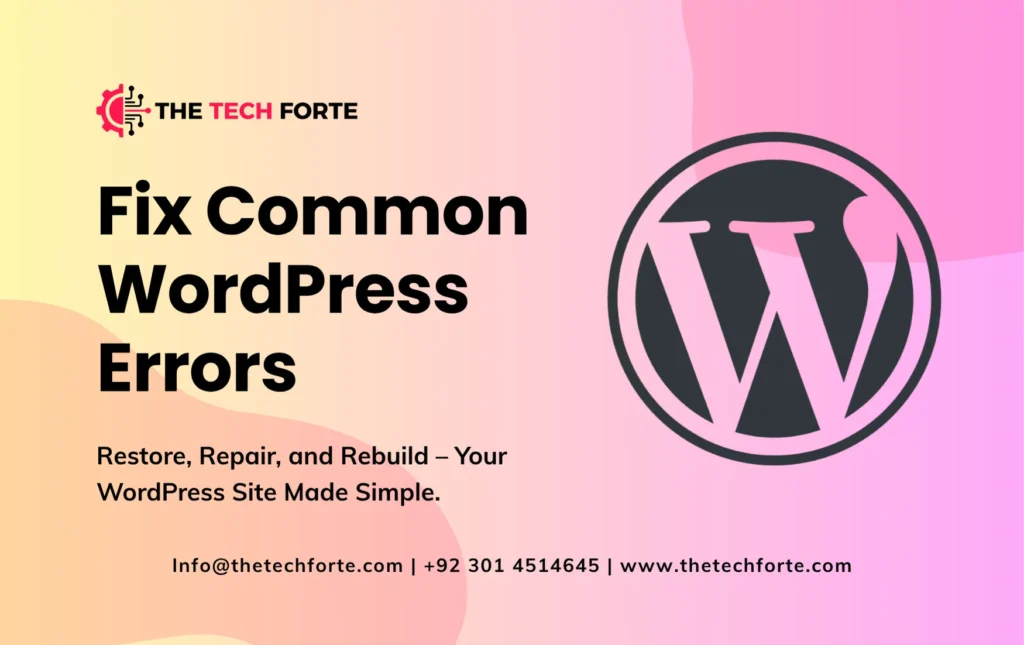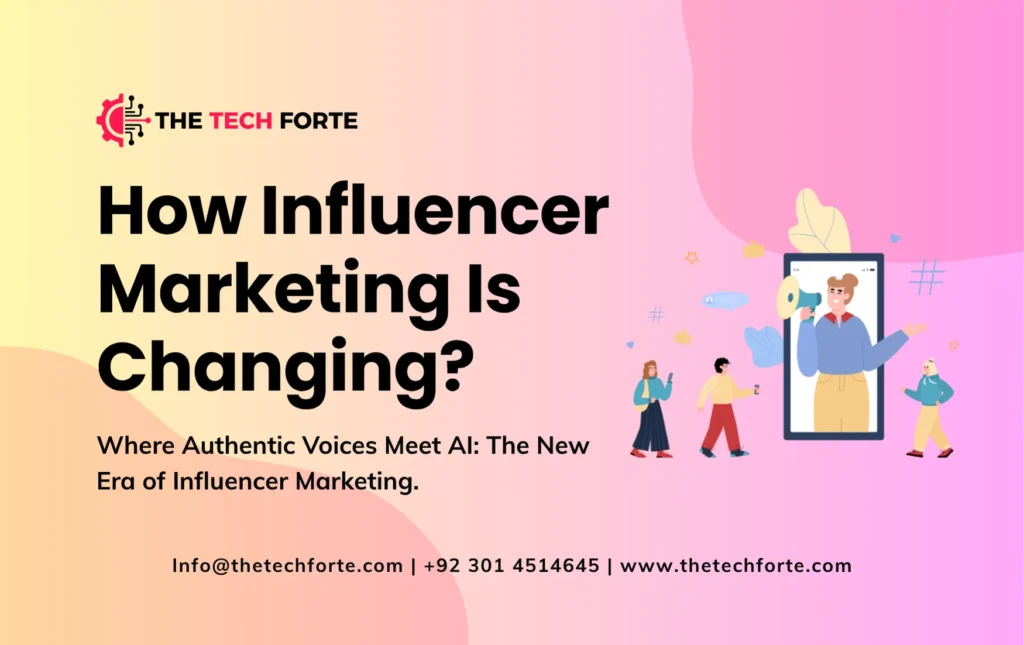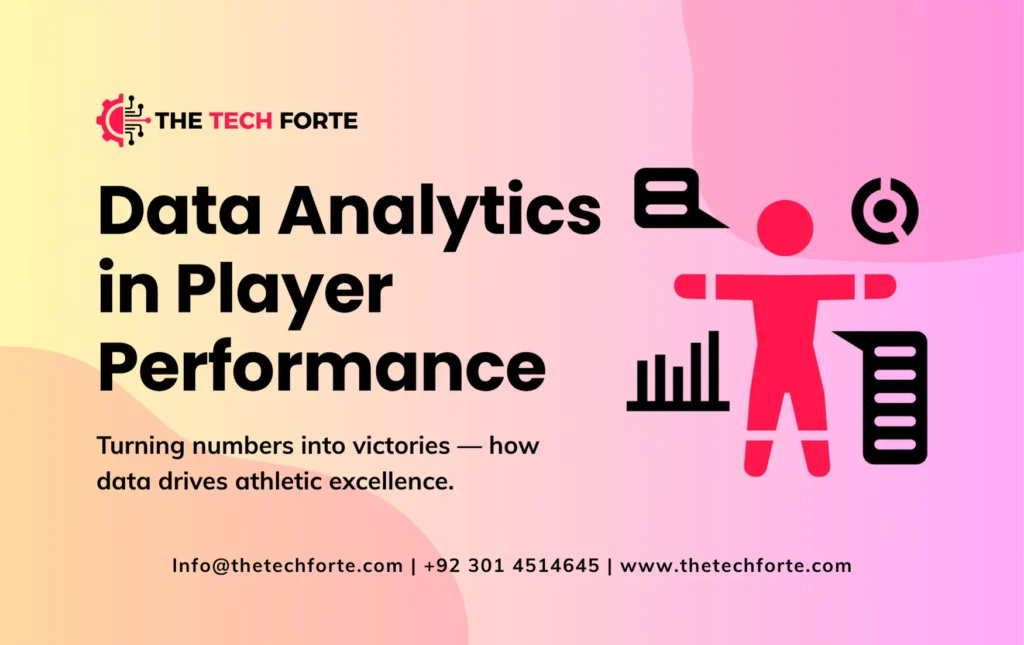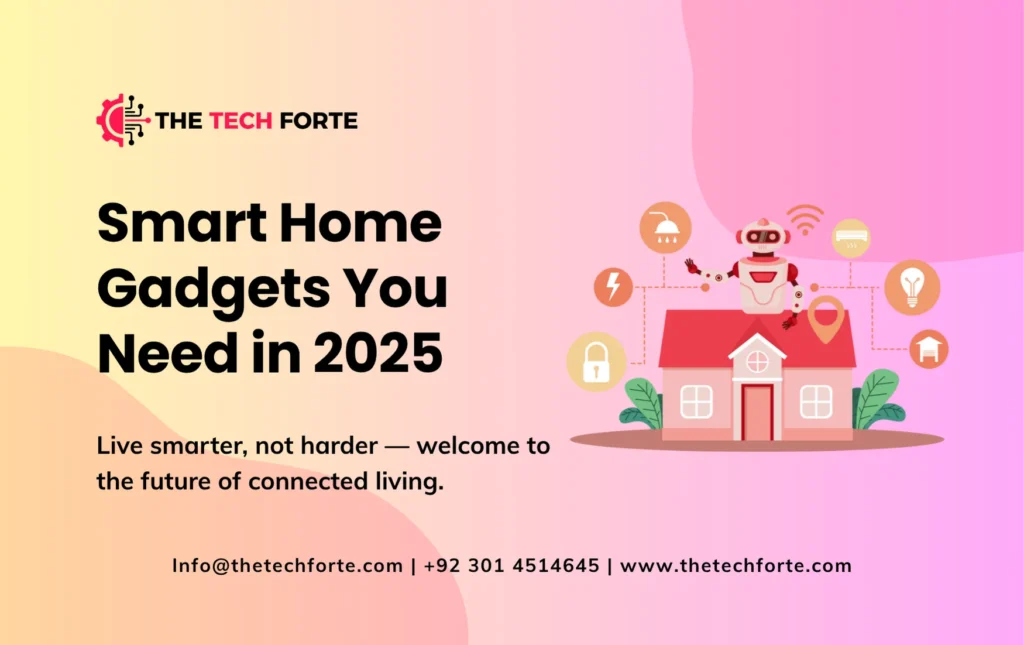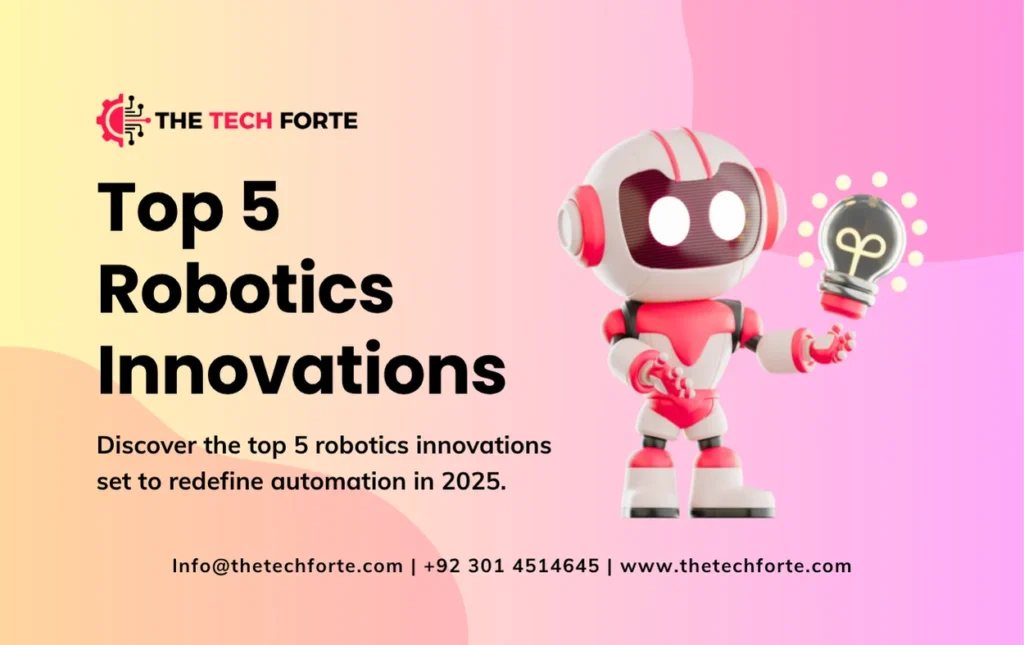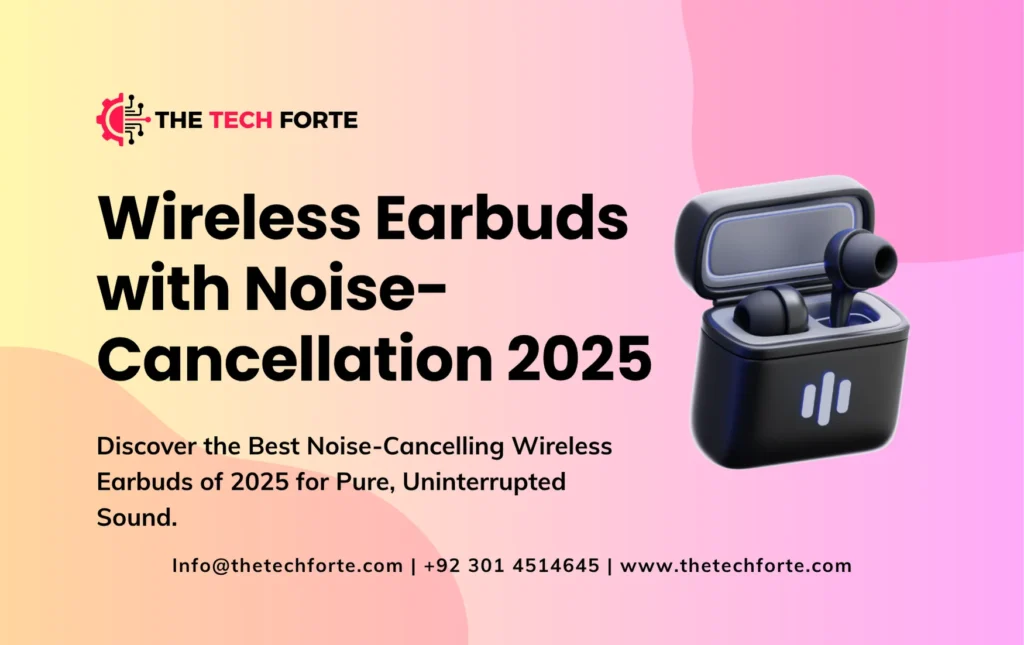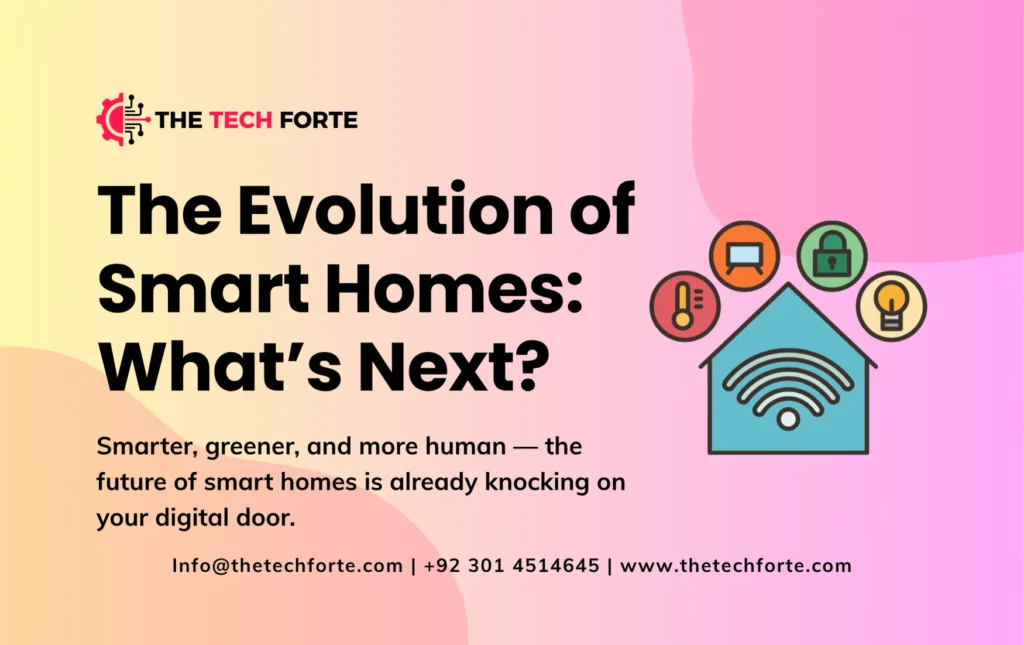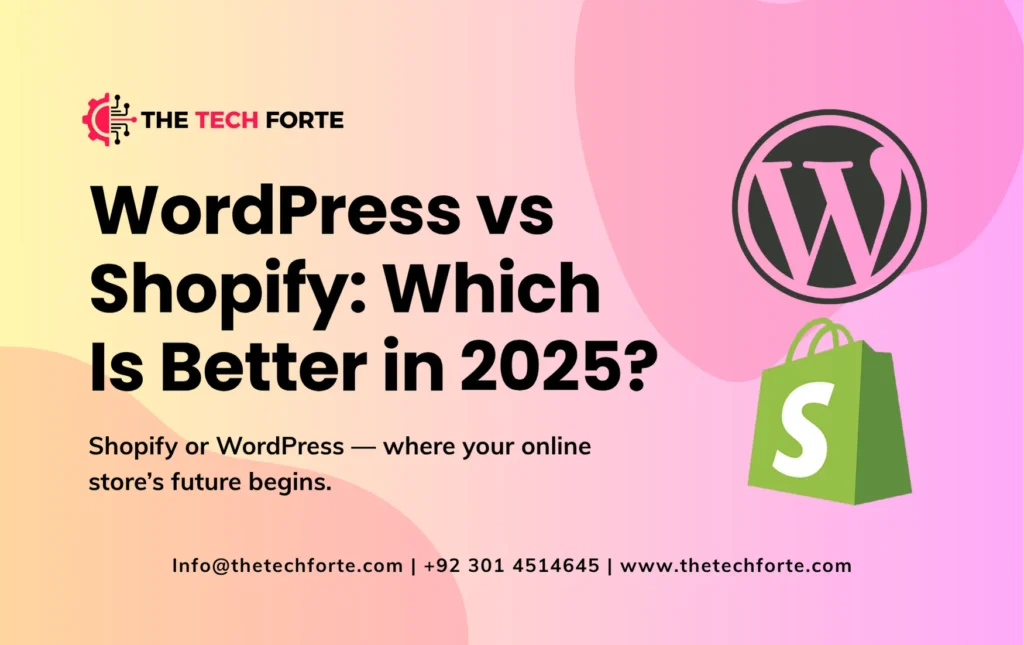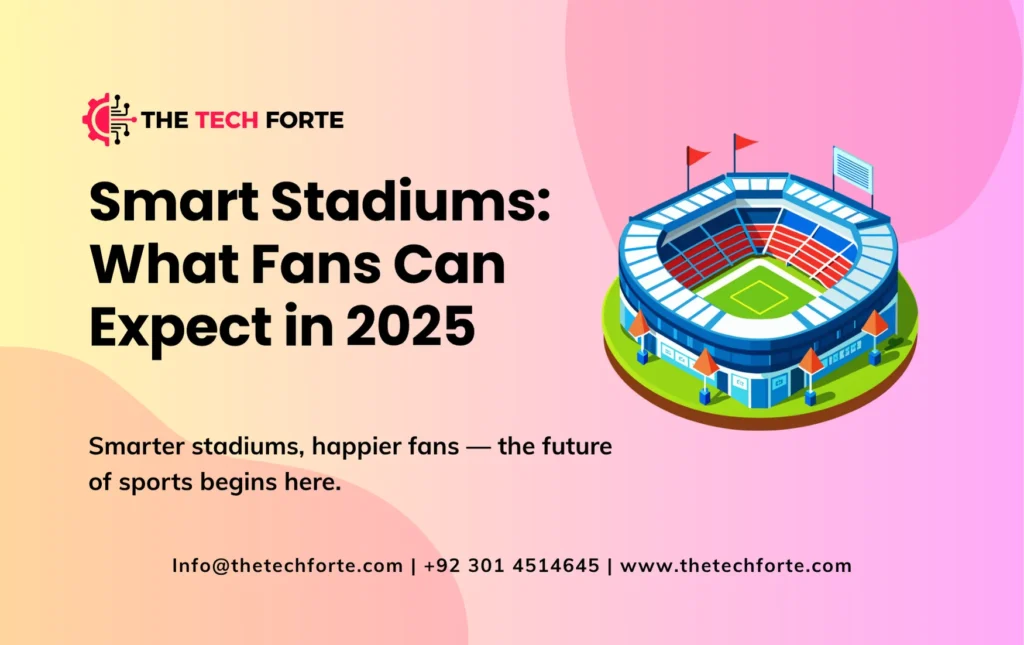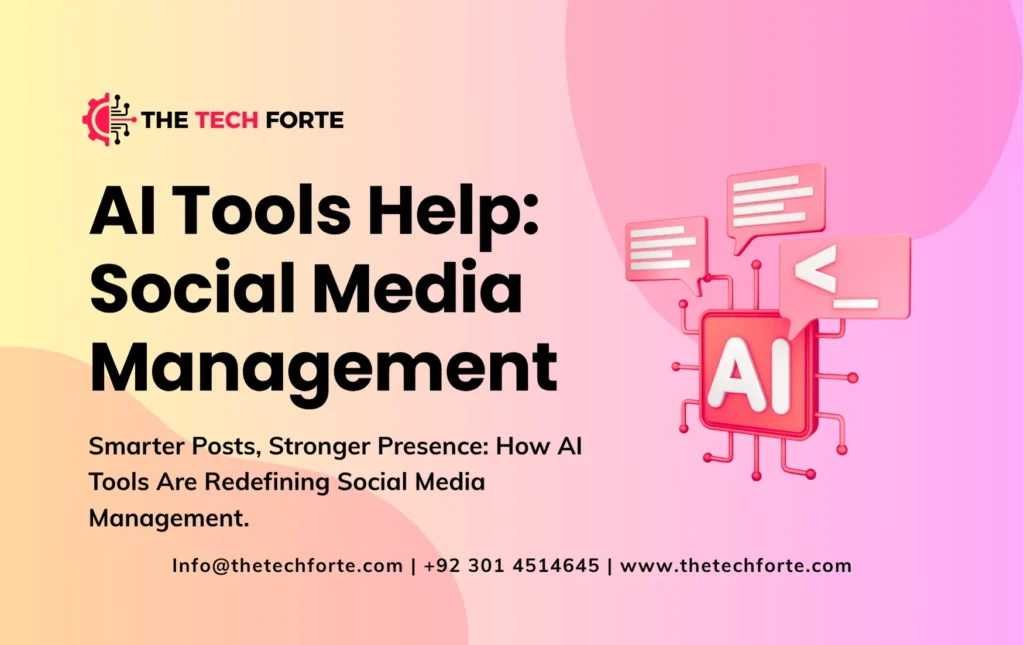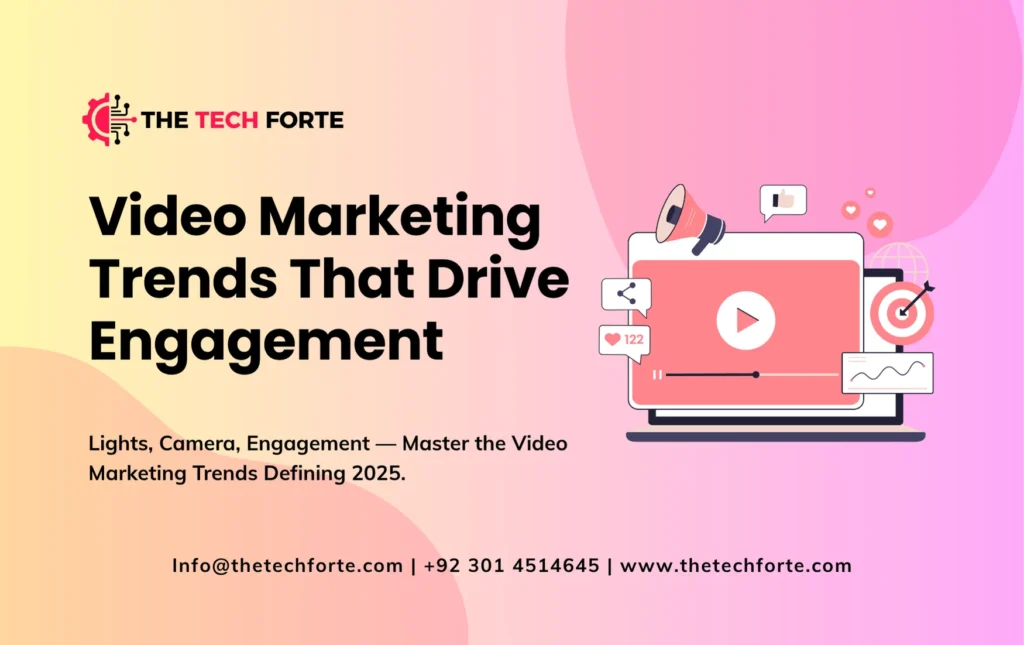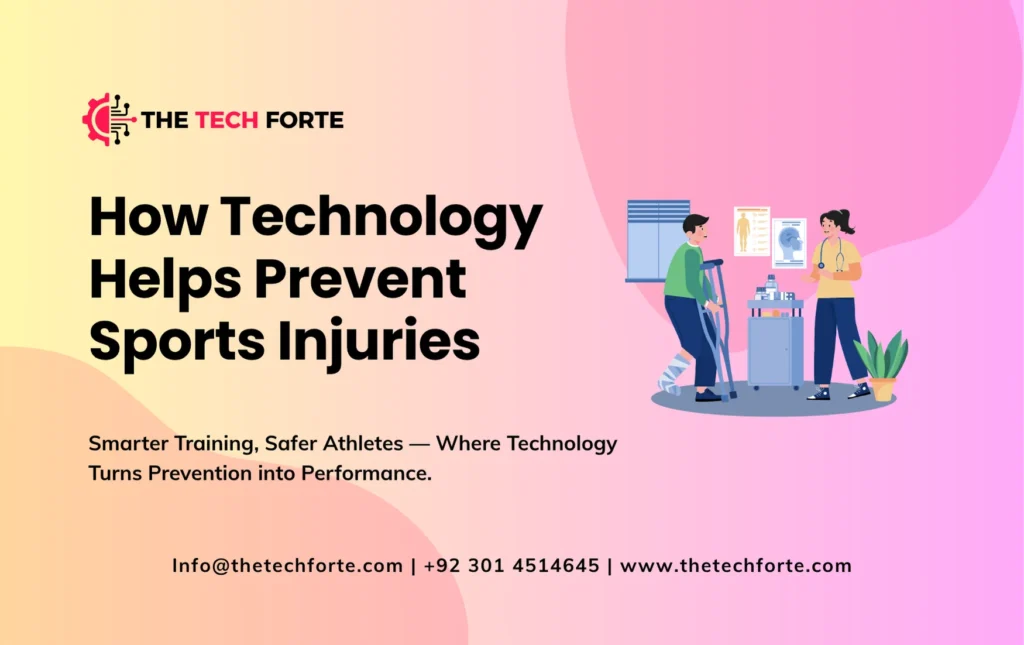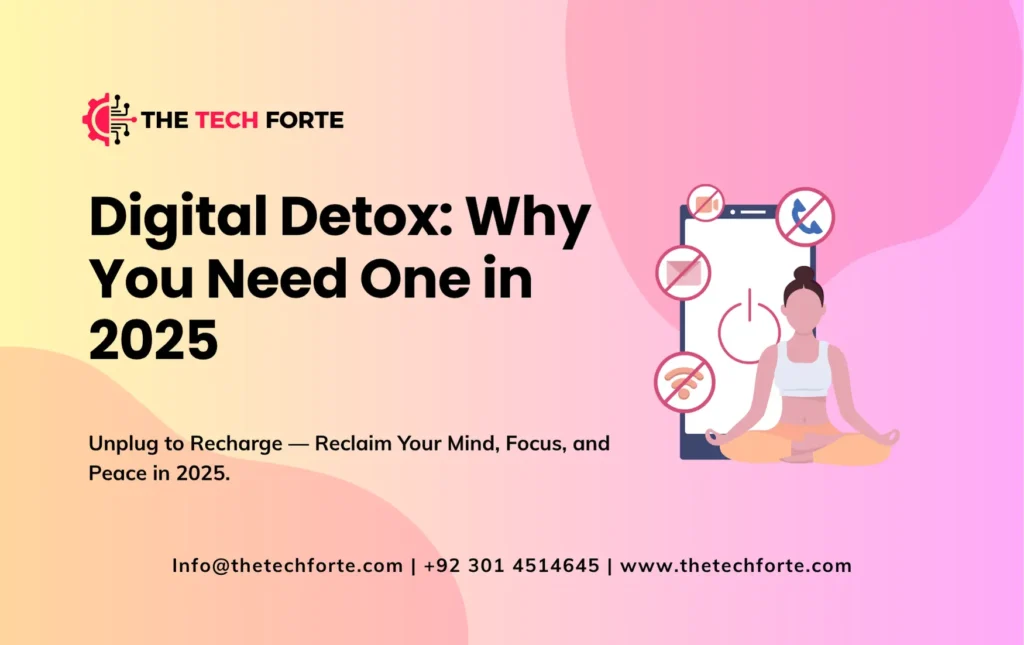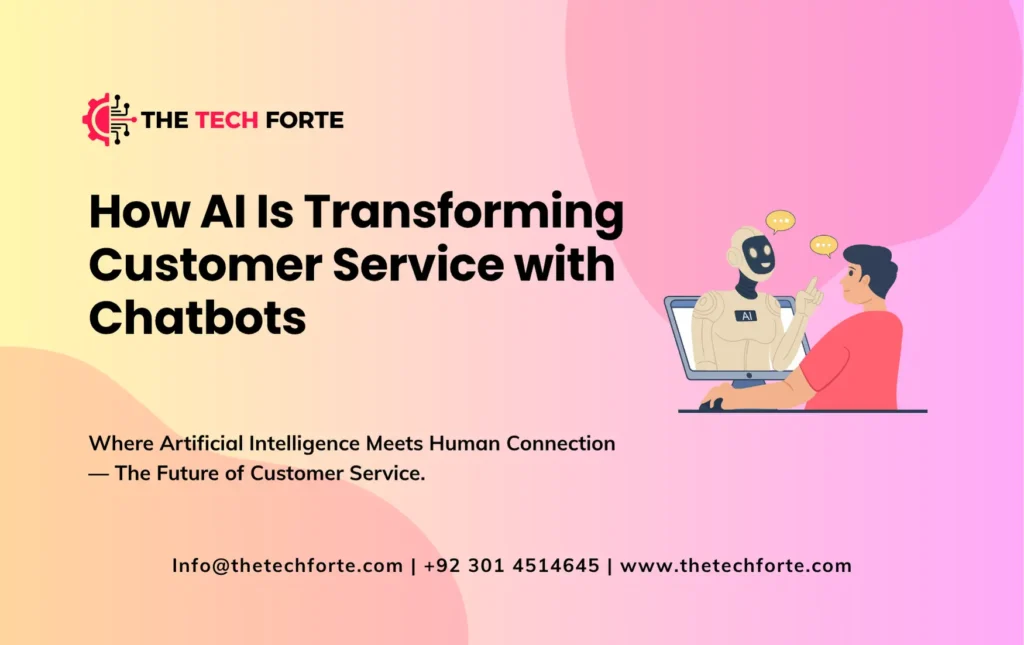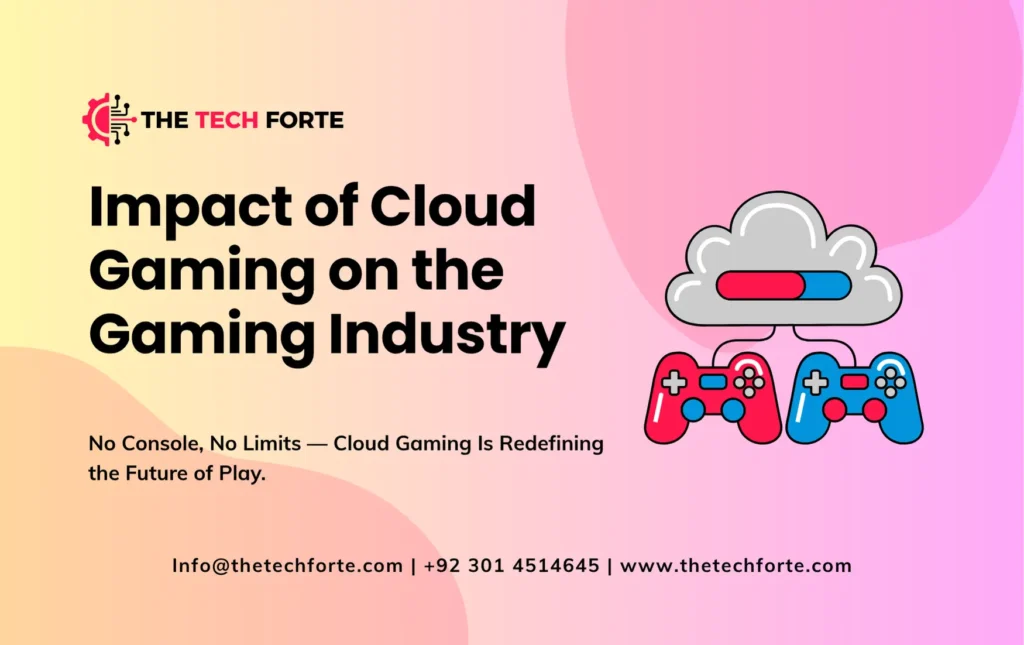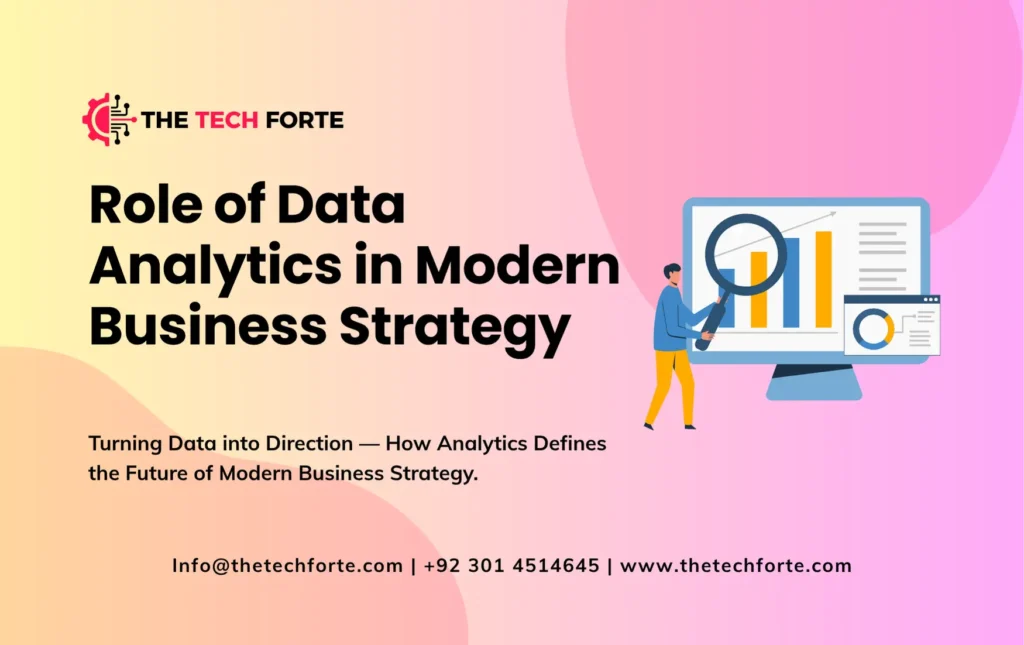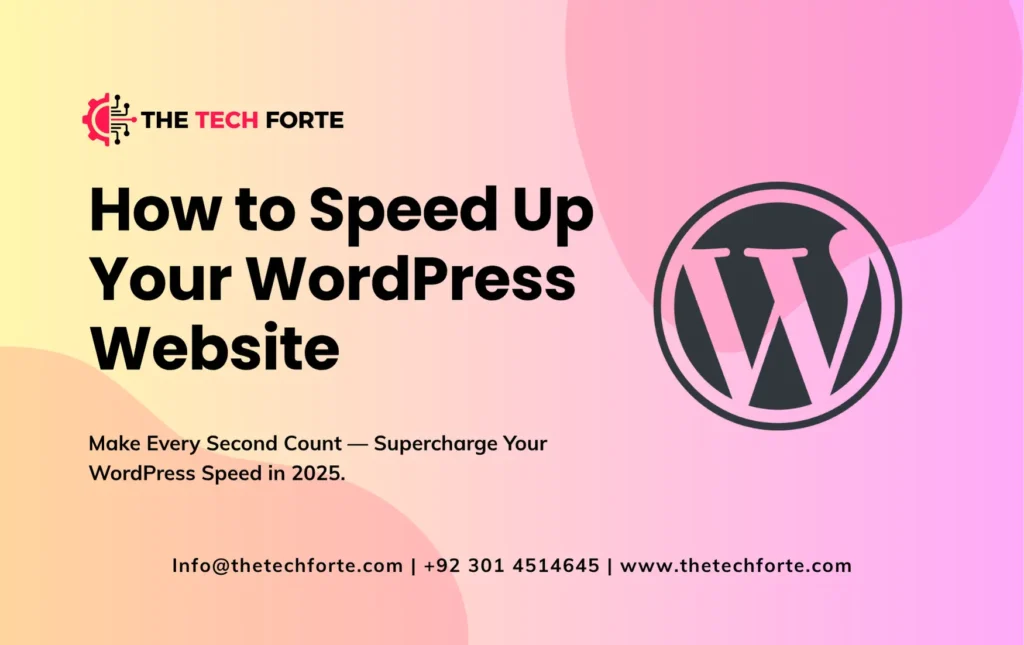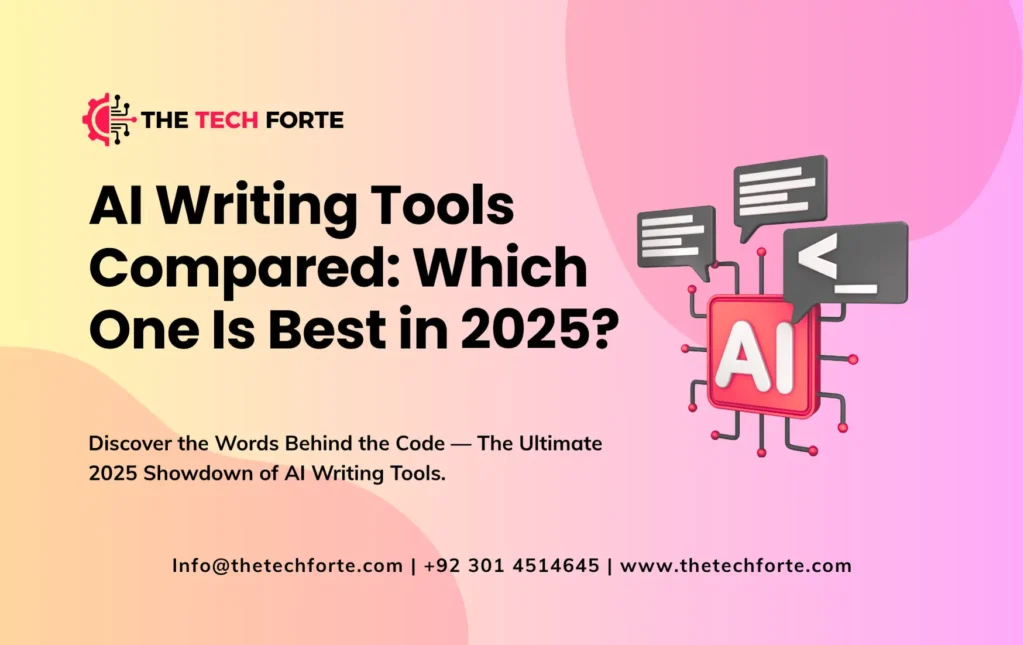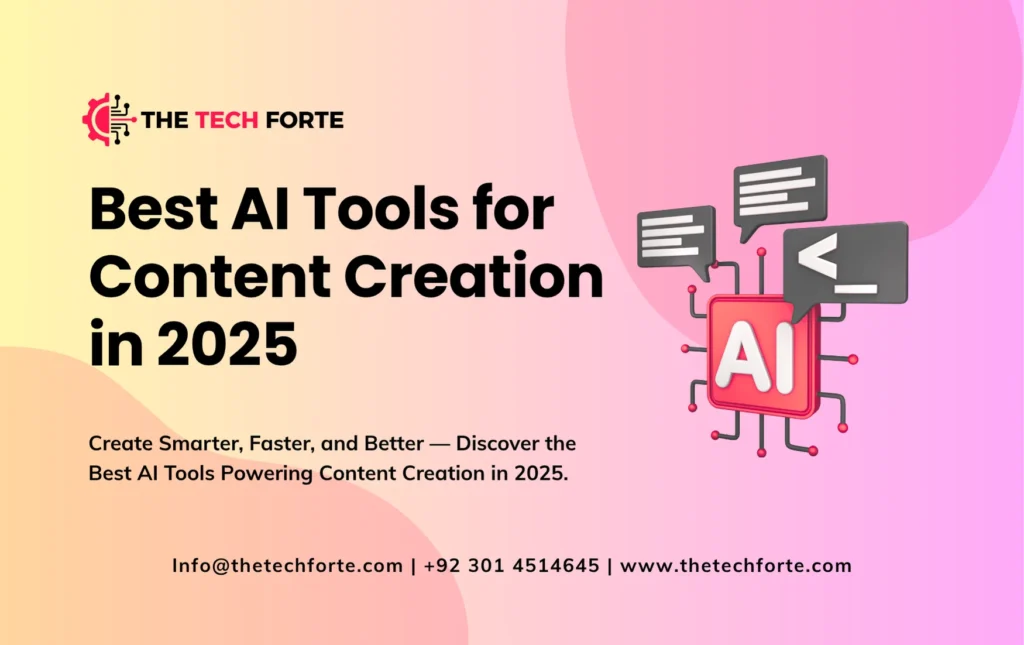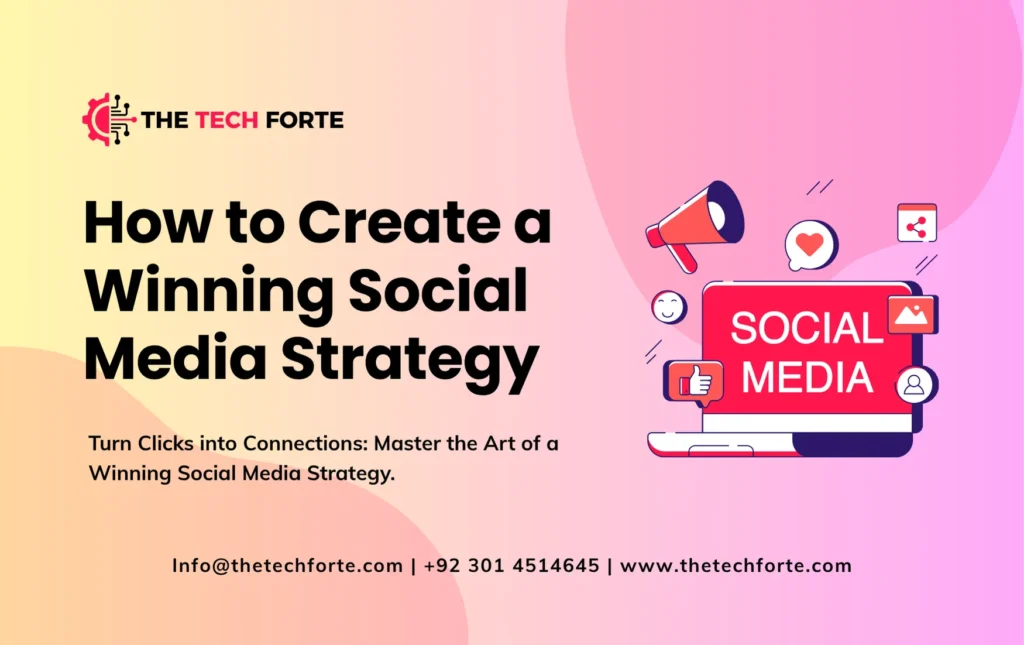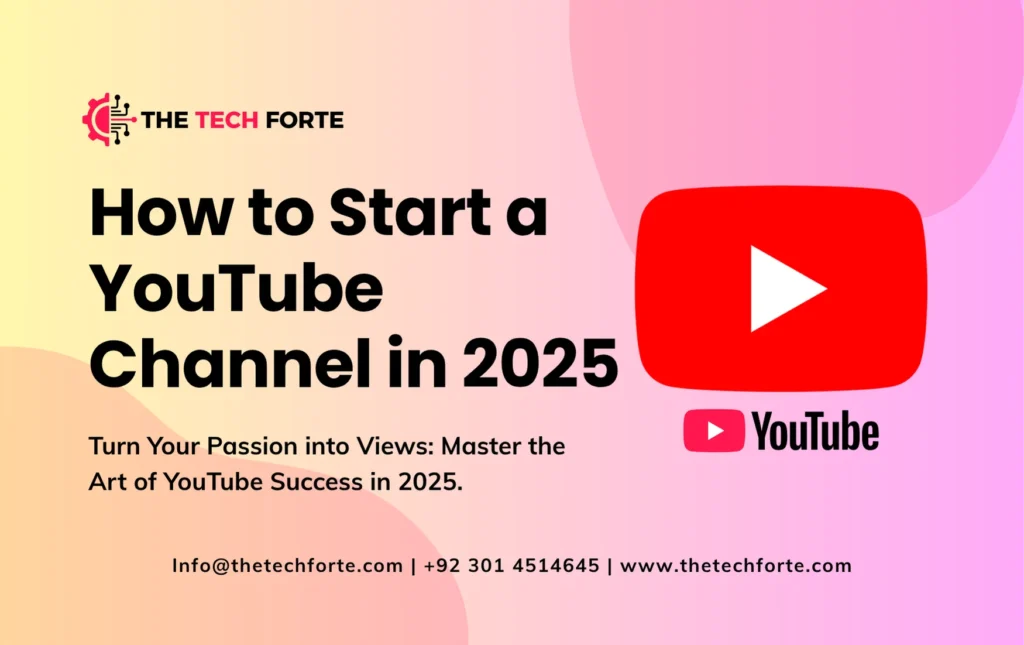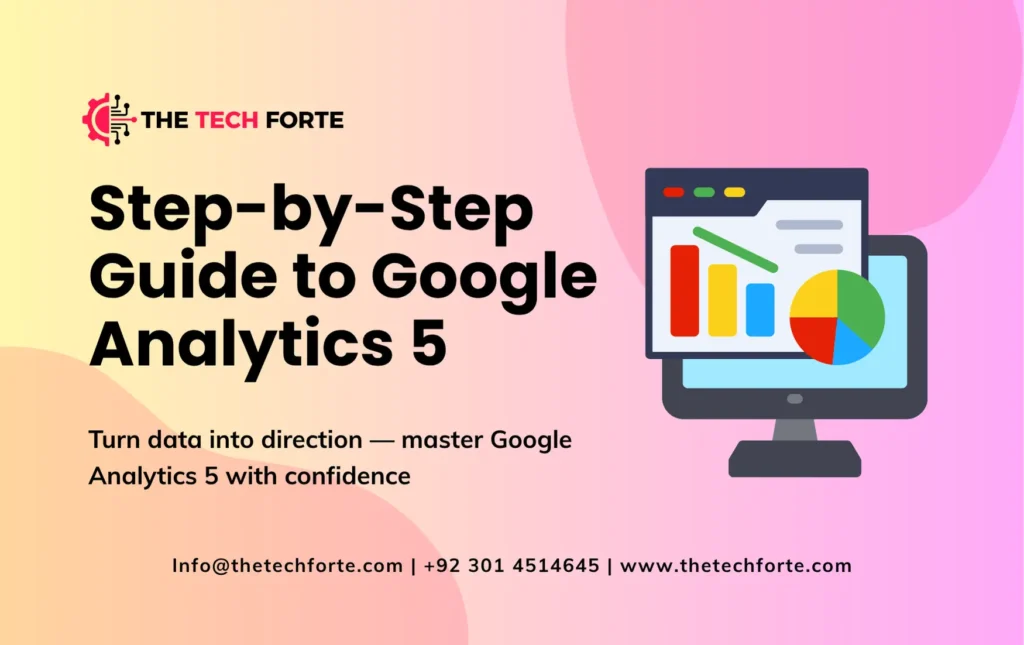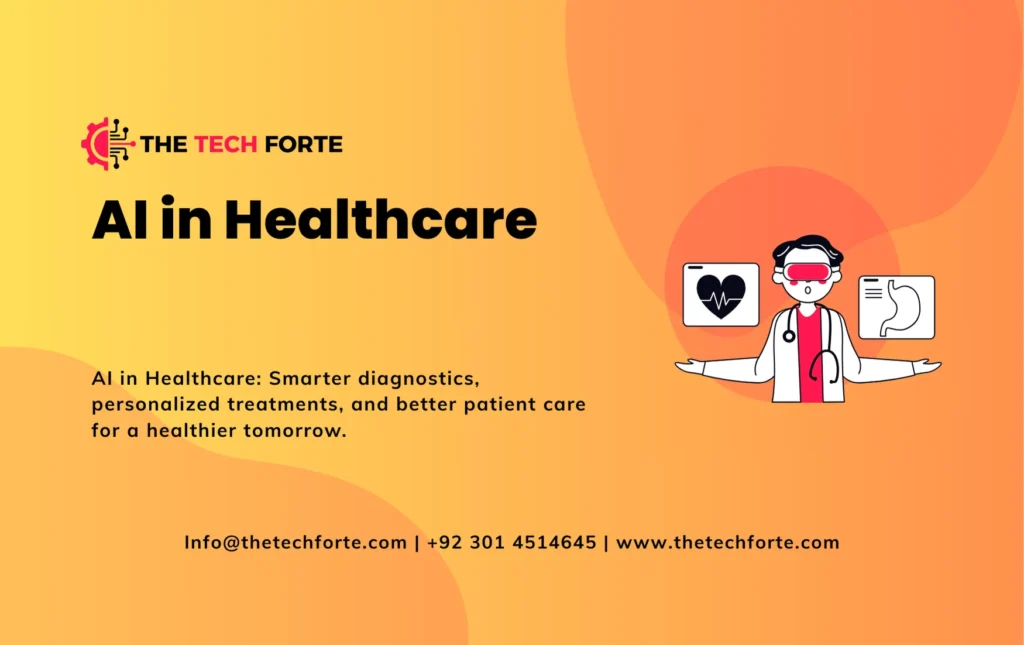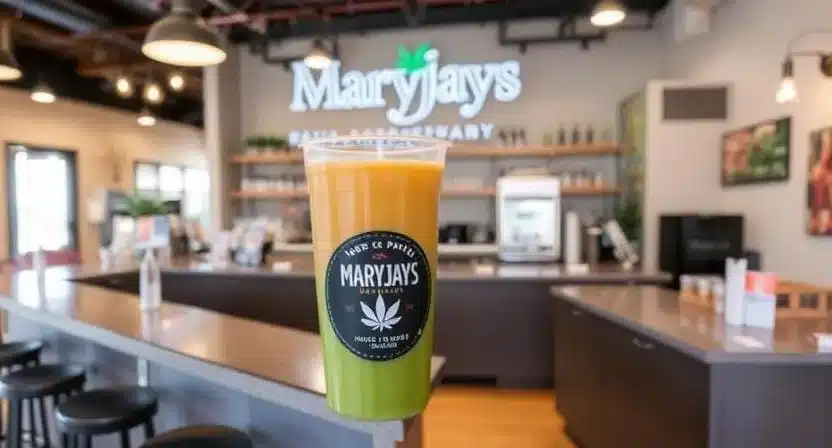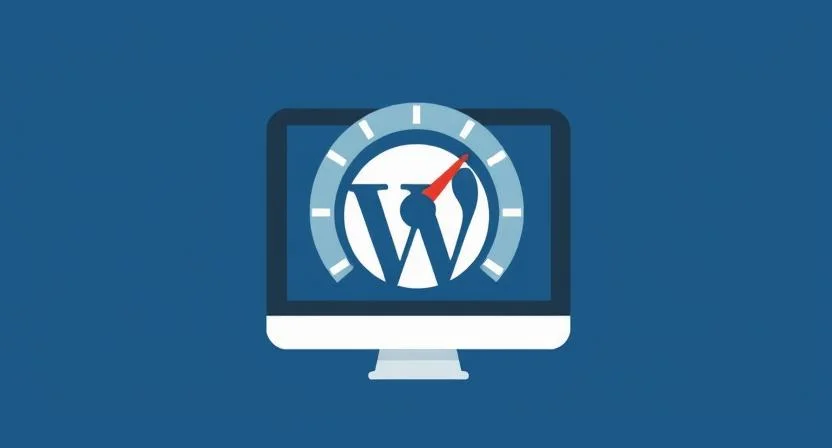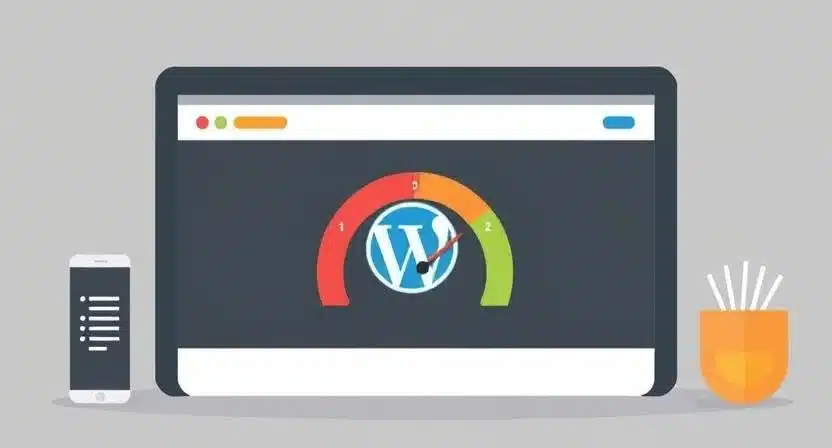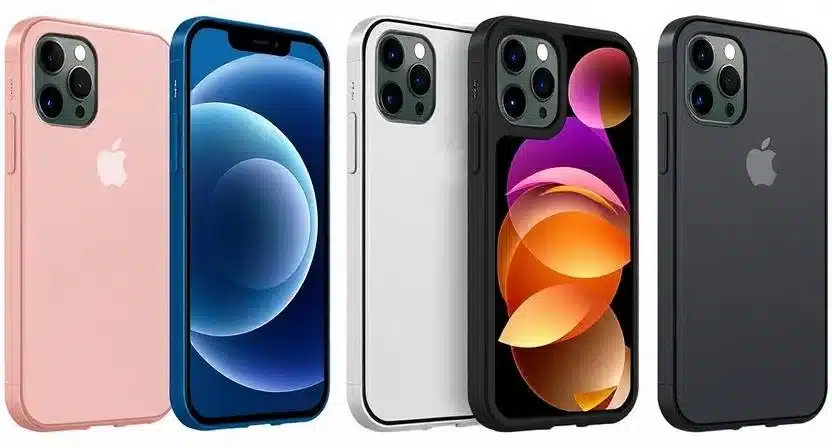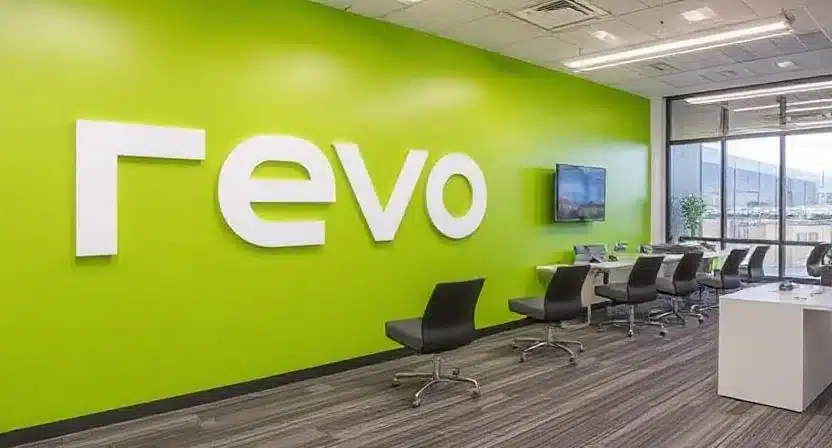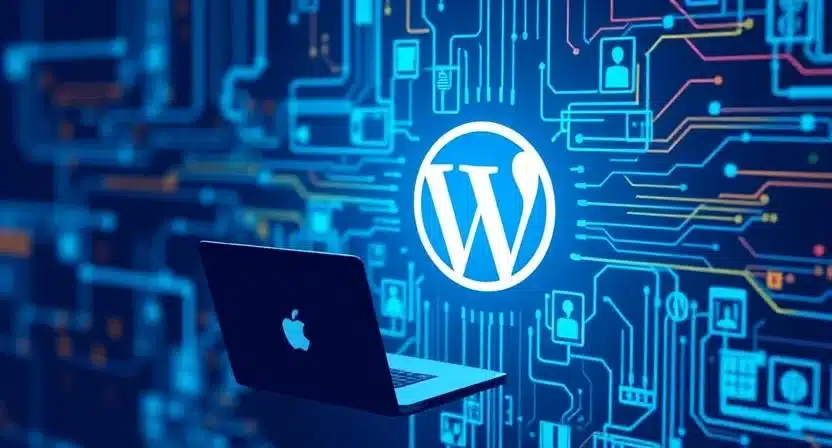How Influencer Marketing Is Changing in 2025
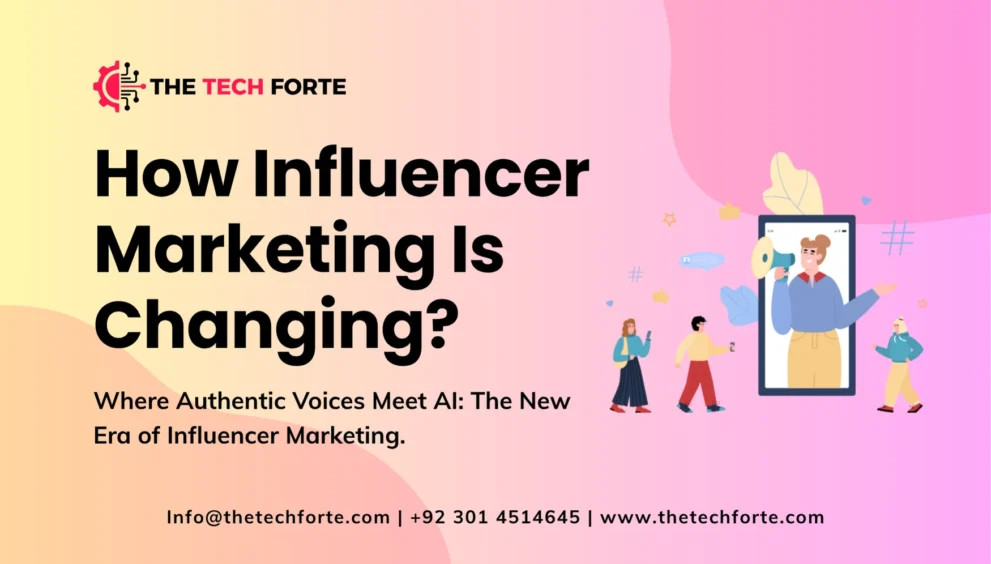
The year 2025 marks a defining moment in the evolution of influencer marketing. What started as simple product endorsements on Instagram has now transformed into a multi-billion-dollar industry powered by AI, data analytics, and creator-driven commerce. Businesses worldwide are rethinking their digital strategies to keep pace with the future of influencer marketing—a landscape where authenticity, technology, and measurable effectiveness define success.
Recent reports, such as The State of Influencer Marketing 2025 by Aspire and DEPT®, reveal that over 80% of brands now rely on influencers as a key part of their marketing mix. This shift reflects not just popularity but the proven effectiveness of influencer marketing in building trust, shaping consumer behavior, and driving measurable ROI.
Recommended Read: Beginner’s Guide to Digital Marketing Campaigns
Why Influencer Marketing Is Effective in 2025
So, why is influencer marketing effective even in an era dominated by AI and automation? The answer lies in its human connection. Audiences trust creators more than traditional ads because influencers communicate stories, experiences, and authentic opinions—not just slogans.
Key factors behind influencer marketing effectiveness include:
- Authenticity and relatability: Audiences feel a personal bond with creators.
- Data-driven targeting: Platforms now use AI to match brands with influencers whose audience aligns with brand goals.
- Multi-channel reach: From TikTok and Instagram to YouTube Shorts and LinkedIn Creators, influencers reach diverse demographics.
- Higher conversion rates: Influencer content often outperforms paid ads in click-through and engagement.
According to recent influencer marketing effectiveness statistics, micro and nano influencers (under 50K followers) deliver up to 3x higher engagement rates than mega influencers, proving that smaller creators often drive bigger results.
Most Effective Influencer Marketing Strategies for 2025
The most effective influencer marketing strategies 2025 are built on innovation, data, and authenticity. Brands that succeed in the digital influencer marketing space are combining creativity with analytics to measure results and refine their campaigns.
1. Micro and Nano Influencers: The Power of Niche
Brands are shifting from celebrity endorsements to smaller creators who represent authentic communities. These influencers drive meaningful conversations and better ROI through authenticity in influencer marketing.
2. AI and Virtual Influencers: Next-Generation Storytelling
AI influencers and virtual creators are redefining engagement. These digital personalities—like Lil Miquela and Imma—are not just avatars but full-fledged brand storytellers. Their rise demonstrates the next-generation influencer marketing trend toward blending technology and creativity.
3. Social Commerce and Shoppable Content
Influencer marketing is now directly tied to social commerce and influencer sales. Platforms like TikTok Shop and Instagram Checkout allow creators to sell products in real time, making influencer campaigns measurable and transactional.
4. Long-Term Partnerships Over One-Off Deals
In 2025, brand-influencer collaborations focus on relationship building. Instead of single posts, brands now sign long-term contracts for co-created product lines, limited editions, or storytelling campaigns.
5. Data-Driven and Performance-Based Campaigns
The future belongs to data-driven influencer strategies. Brands use influencer analytics and performance metrics to track conversions, measure ROI, and optimize budgets. Platforms like AspireIQ, Upfluence, and Collabstr provide predictive analytics, fraud detection, and engagement insights.

How Brands Can Measure Influencer Marketing ROI
A common question marketers ask is: “How effective is influencer marketing?” The answer depends on analytics and measurable goals.
Modern brands use metrics like:
- Engagement rate (likes, comments, saves)
- Conversion and click-through rates
- Brand sentiment analysis
- Audience growth
- Sales attribution models
With advanced influencer marketing analytics, brands can identify the exact ROI of a campaign—making it one of the most effective influencer marketing strategies for 2025.
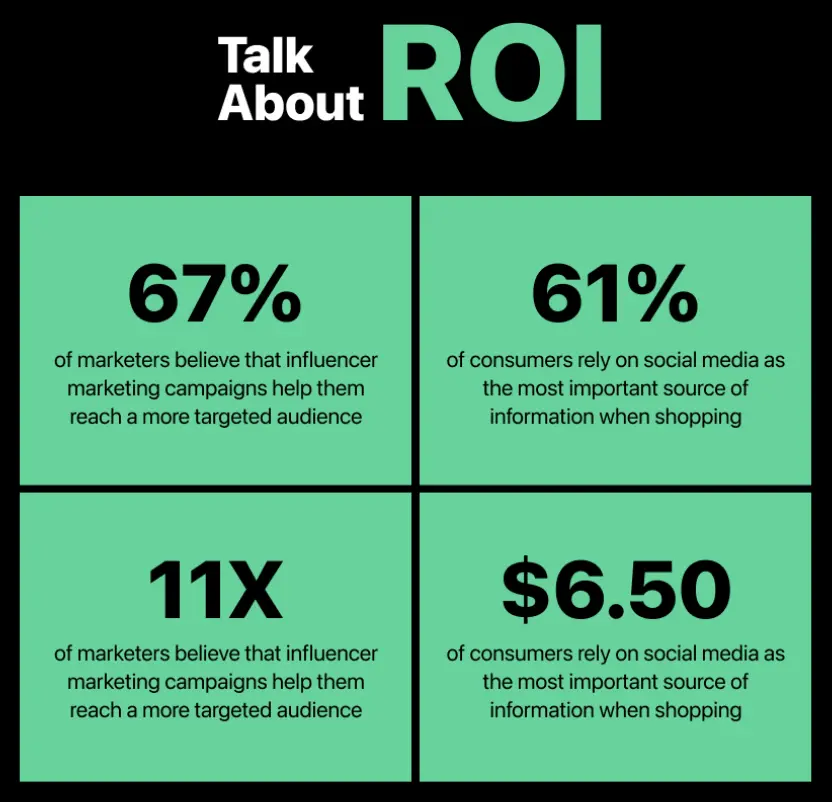
Authenticity and Ethics: The New Marketing Currency
In 2025, authenticity has become the soul of influencer marketing. Consumers value genuine stories, transparency, and real experiences over polished promotions. The influencer marketing ethics and transparency guidelines now emphasize disclosure rules and trust-based collaboration.
Influencer transparency and disclosure rules enforced by the UK’s ASA and the US FTC ensure creators remain honest about paid partnerships—strengthening consumer confidence and long-term brand loyalty.
AI, Data, and Predictive Analytics: The Smart Future
The integration of AI and data analytics in influencer performance is revolutionizing how campaigns are executed. Through predictive analytics in influencer marketing, brands can now forecast engagement outcomes and tailor strategies in real time.
AI tools help identify fake followers, detect influencer fraud, and predict campaign ROI—making influencer marketing more effective and measurable than ever.
Influencer Marketing in the Metaverse and Virtual Worlds
As immersive platforms evolve, the metaverse influencer campaigns trend is taking center stage. Brands are collaborating with digital creators in virtual spaces to launch products, host live events, and build futuristic experiences. This shows how influencer marketing is evolving in 2025 to include human-AI collaboration in content creation.
The Impact of Influencer Marketing on Consumer Behavior in 2025
The impact of influencer marketing in 2025 extends beyond brand awareness—it shapes consumer decision-making. Data shows that over 70% of Gen Z consumers trust influencer recommendations over traditional ads.
This proves that effective influencer marketing doesn’t just sell products—it builds communities, fosters dialogue, and strengthens emotional engagement between consumers and brands.
Effective Influencer Marketing Approaches for Beauty Brands
In the beauty industry, influencer marketing has become the core of brand storytelling. Effective influencer marketing approaches for beauty brands include UGC campaigns, skincare routine tutorials, and AR try-ons powered by AI. These approaches create authentic connections that drive both engagement and purchase intent.
FAQs
How is influencer marketing evolving in 2025?
It’s becoming more data-driven, AI-assisted, and focused on social commerce.
Why is influencer marketing effective?
Because it builds emotional connections through authentic storytelling and trusted voices.
How can brands measure influencer marketing ROI?
By tracking engagement, conversions, sales, and brand sentiment using advanced analytics platforms.
Which influencer marketing tool is most effective?
Platforms like AspireIQ, Upfluence, and Collabstr are leading in 2025 for data analytics, influencer discovery, and ROI measurement.
What are the most effective influencer marketing strategies for 2025?
Micro-influencer collaborations, AI-assisted content, social commerce integration, and long-term brand partnerships.
Conclusion: The Future of Influencer Marketing
The future of influencer marketing in 2025 is clear: data-driven creativity, authentic relationships, and measurable outcomes. As brands adapt to new influencer marketing tools and technologies in 2025, success will depend on balancing human emotion with digital intelligence.
The next generation of marketing belongs to those who understand that influencers are not just content creators—they’re culture creators.





